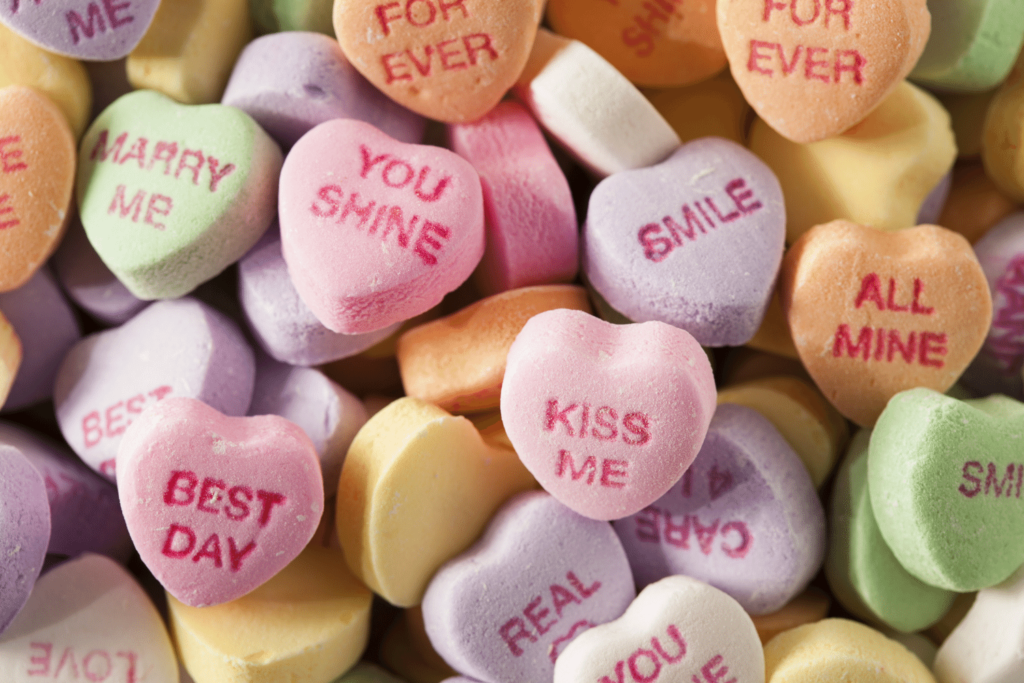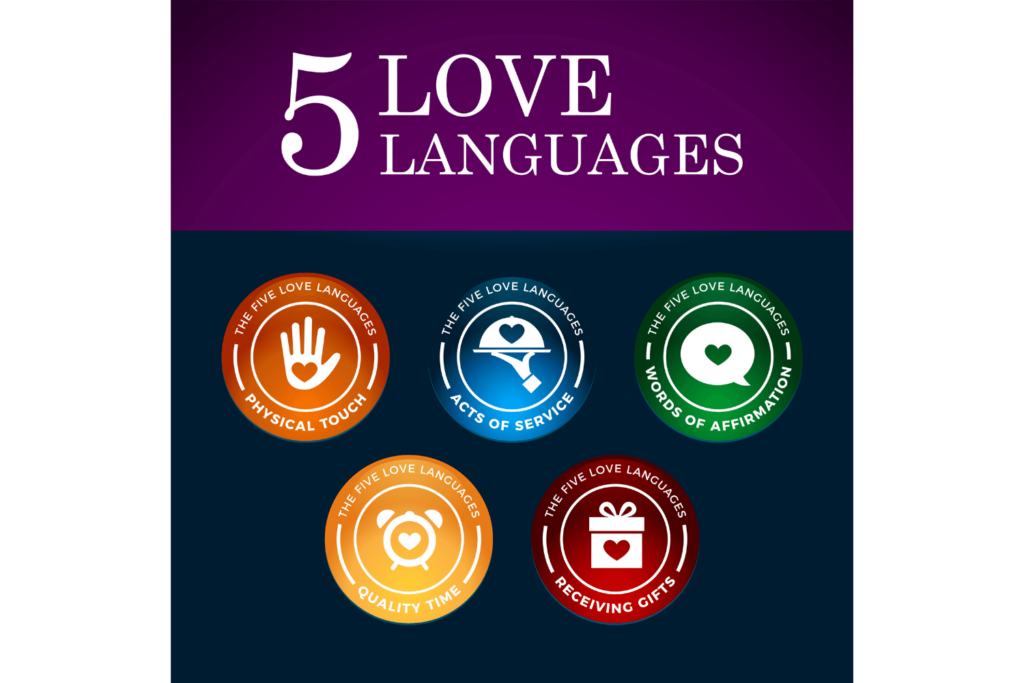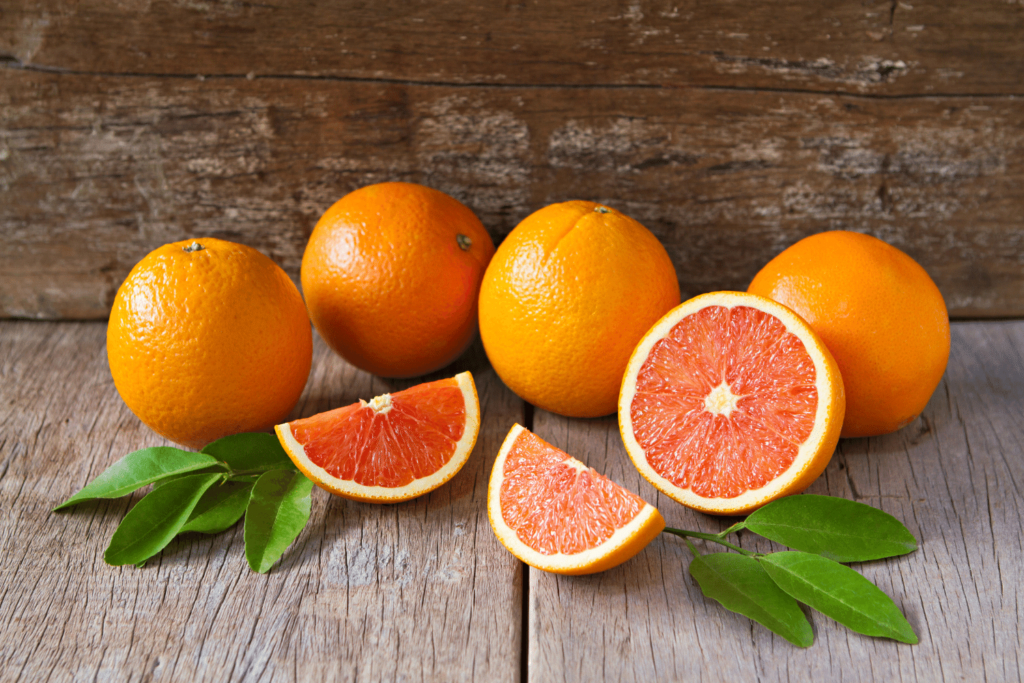
Love Languages and Creativity
I find personality tests fascinating. It’s not that I think that Myers-Briggs, the Enneagram, or other such tools can tell us everything there is to know about ourselves, but they can perhaps illuminate specific aspects of our personalities. One such test that I have found useful comes from the book The Five Love Languages by Gary Chapman. This is not an all-encompassing inventory, but rather focusses on one particular part of our lives: how we prefer to receive love, which is usually reflective of how we demonstrate love to others. With Valentine’s Day approaching, people’s attention moves toward the topic love, but on this highly commercialized holiday, it is easy to fall into old habits and clichés when it comes to expressing affection. This is an ideal moment, therefore, to think about how we might utilize creativity and the framework of love languages to enhance our relationships.
Explaining The Five Love Languages
Gary Chapman’s book The Five Love Languages hit bookshelves in 1995 and has been a commercial success with many spin-offs. The premise of the original book is that there are five basic categories for the expression of love and affection: words of affirmation, quality time, receiving gifts, acts of service, and physical touch. Each person has a personal hierarchy of those categories when it comes to demonstrating and accepting love. Within relationships, problems can arise if one person doesn’t express love in the ways that the other person wishes to receive love, and vice versa. The key isn’t to find partners who express and receive love in the same way we do, but rather to become better at expressing love in the ways that our partners understand.

When I got engaged, my college friends gave my fiancé and me a copy of the book The Five Love Languages. We took the test and found that my top love language was acts of service followed by quality time. My fiancé’s top two were receiving gifts and physical touch. Neither of us scored very high with words of affirmation. With the knowledge of what our love languages are, we can identify how and when the other partner is expressing love. My husband is the most thoughtful gift giver, for example. He will remember a comment I make in January and give me a related gift for my birthday several months later. I know that when he does this, he is expressing his love for me. He knows, conversely, that when I prepare him a special meal or go out of my way to run an errand that he doesn’t want to do, in other words, “acts of service,” I am expressing my love for him. We have also made an effort to try to express love for one another using the other’s preferred love languages. Gift giving doesn’t come naturally to me, for example, but I make an effort in this regard in order to help my husband feel more loved.
It is easy to fall into ruts when it comes to expressing affection, especially on the highly commercial occasion of Valentine’s Day. How often have we resorted to a box of chocolates or flowers (giving gifts), a greeting card (words of affirmation), or dinner and a movie (quality time) as ways of marking the occasion? When these become routine, it is difficult to feel that our love is fresh and meaningful. That is why creativity, in combination with the love languages, can be used to add something special to our ways of expressing love to our special someone.
A Creative Valentine
Remembering that a broad definition of creativity is the ability to make new connections for a result that is useful, we might see how we can apply this to our Valentine’s Day plans (check out this post for a more in-depth definition of creativity). We already know that the useful result in this case is for our partner to feel loved through our actions. The trick is how to make creative connections to produce that result. I suggest using the combination of an expected love language with one that is unexpected.
An example might be helpful. My husband’s top love language is receiving gifts. Giving him a gift for Valentine’s Day will have a big pay-off but it will also be somewhat expected. How can I combine that love language with something unexpected for a more creative effect? The love language that is low on both our lists is words of affirmation. Incorporating verbal or written expressions of affection into the gift is one creative way of making the day a bit more special.

What would be a creative combination of these two love languages? We are both trying to eat healthy, so chocolates are not an option, but my husband does really like oranges. Because we buy oranges on a regular basis, purchasing a specialty citrus would make the gesture more unique. Cara Cara oranges are an exotic citrus whose flesh is sweeter and pinker than regular oranges (they are also seedless). Ordering a small box would meet my desire of a gift that is both healthy and special. Inspired by the little heart candies with messages on them, I came up with a way to incorporate words of affirmation into the gift of Cara Cara oranges. With food color markers (the kind used for decorating cookies and cakes), I decided to write short messages expressing my affection on the peel of each orange. Putting the Cara Caras with their brief messages in places where my husband would find them as he got ready for work would be something to start his Valentine’s Day in a special and loving way.
Your creative combination of love languages will undoubtedly look different. You might combine quality time with physical touch (a walk outside while holding hands) or acts of service combined with gift giving (having your partner’s car washed and then leaving a little gift on the passenger’s seat). Bringing creativity to our expressions of love through the framework of The Five Love Languages is one way that we can make an often cliché holiday a little more unique.